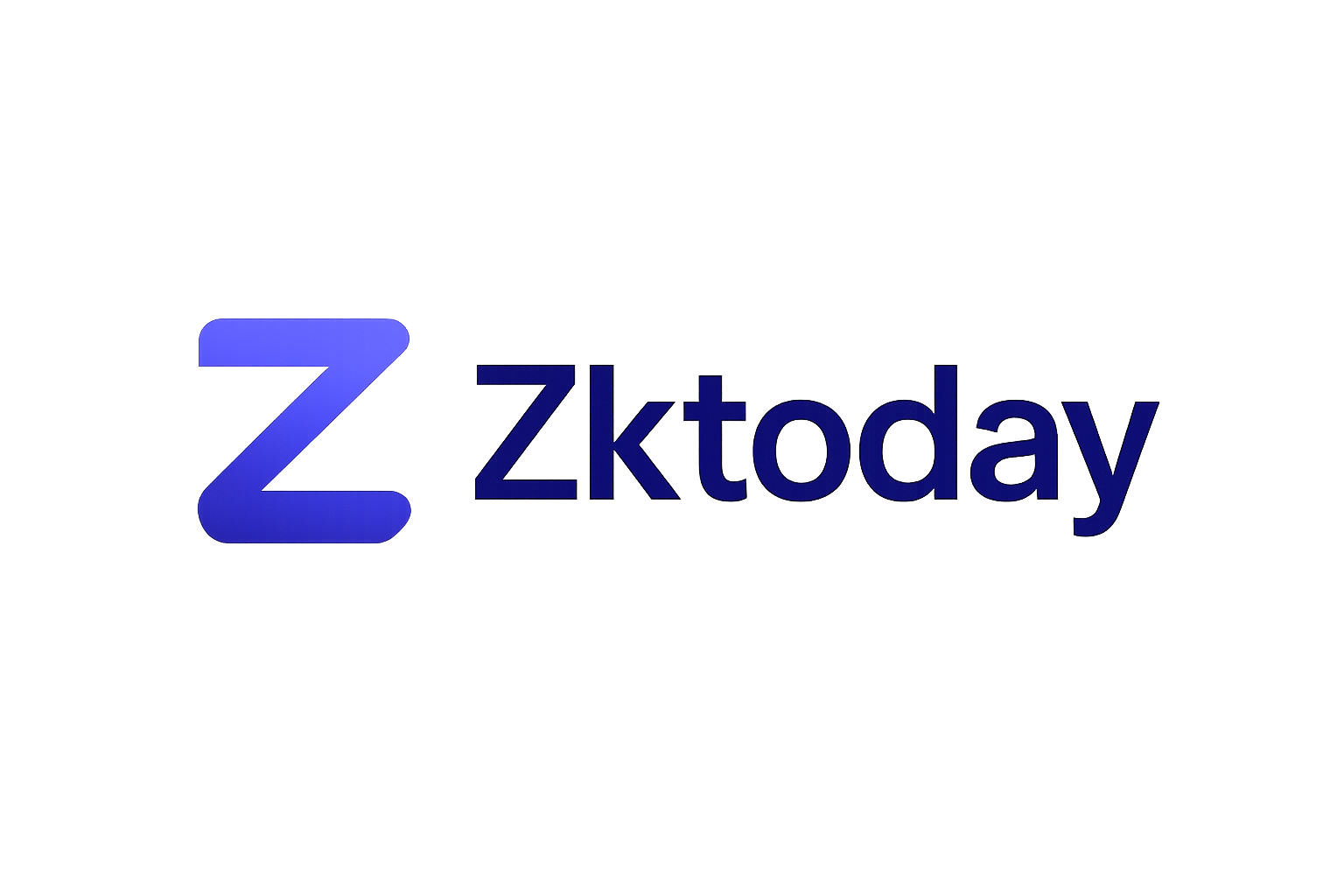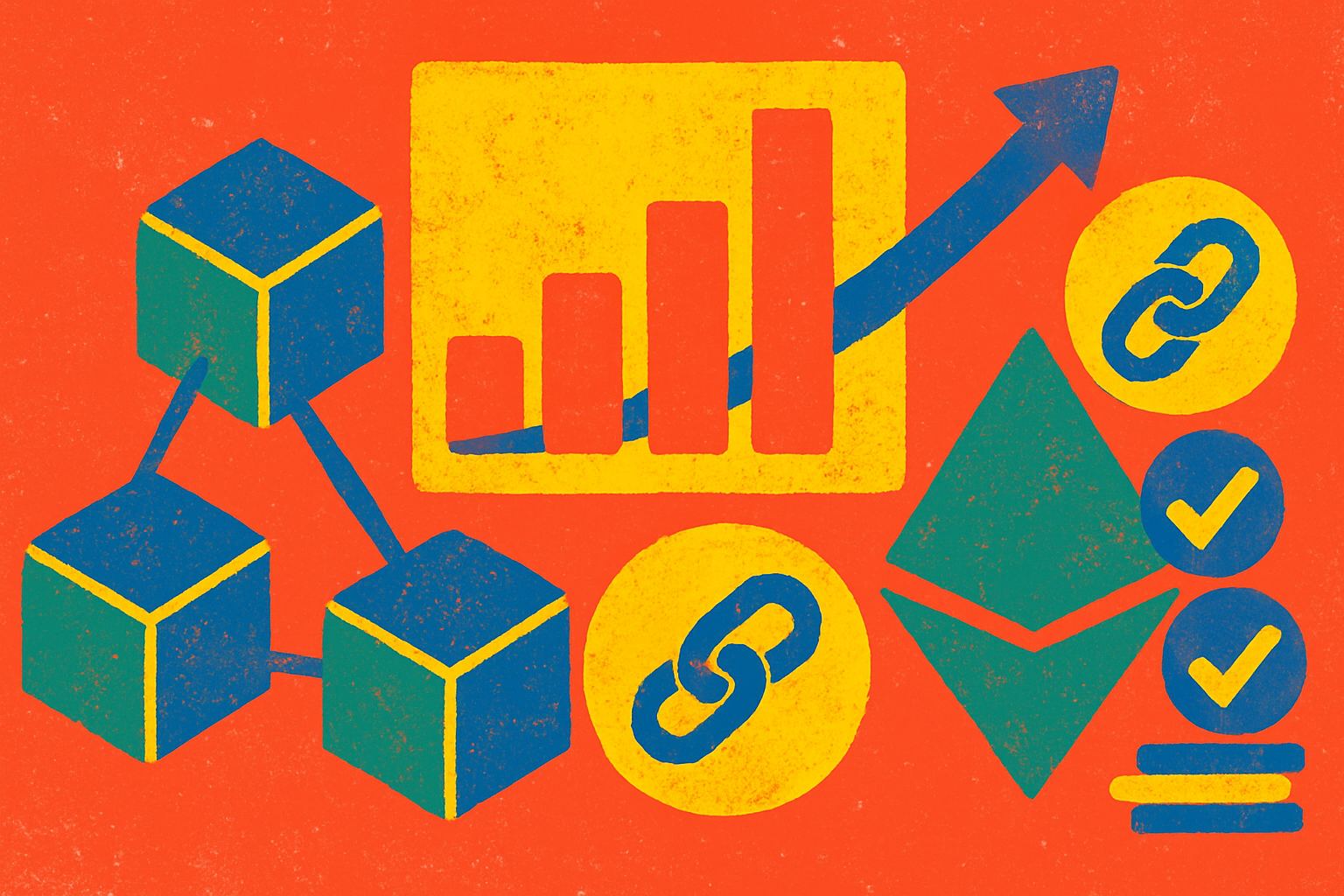
For years, the blockchain industry has wrestled with the so-called scalability trilemma: a persistent challenge where decentralization, security, and scalability seem mutually exclusive. In 2024, Zero-Knowledge (ZK) Rollups are not just moving the needle on this problem – they’re redrawing the map entirely. By processing transactions off-chain and posting a single cryptographic proof to Ethereum’s mainnet, ZK Rollups are delivering throughput and cost reductions that were once thought impossible without sacrificing trustlessness or composability.
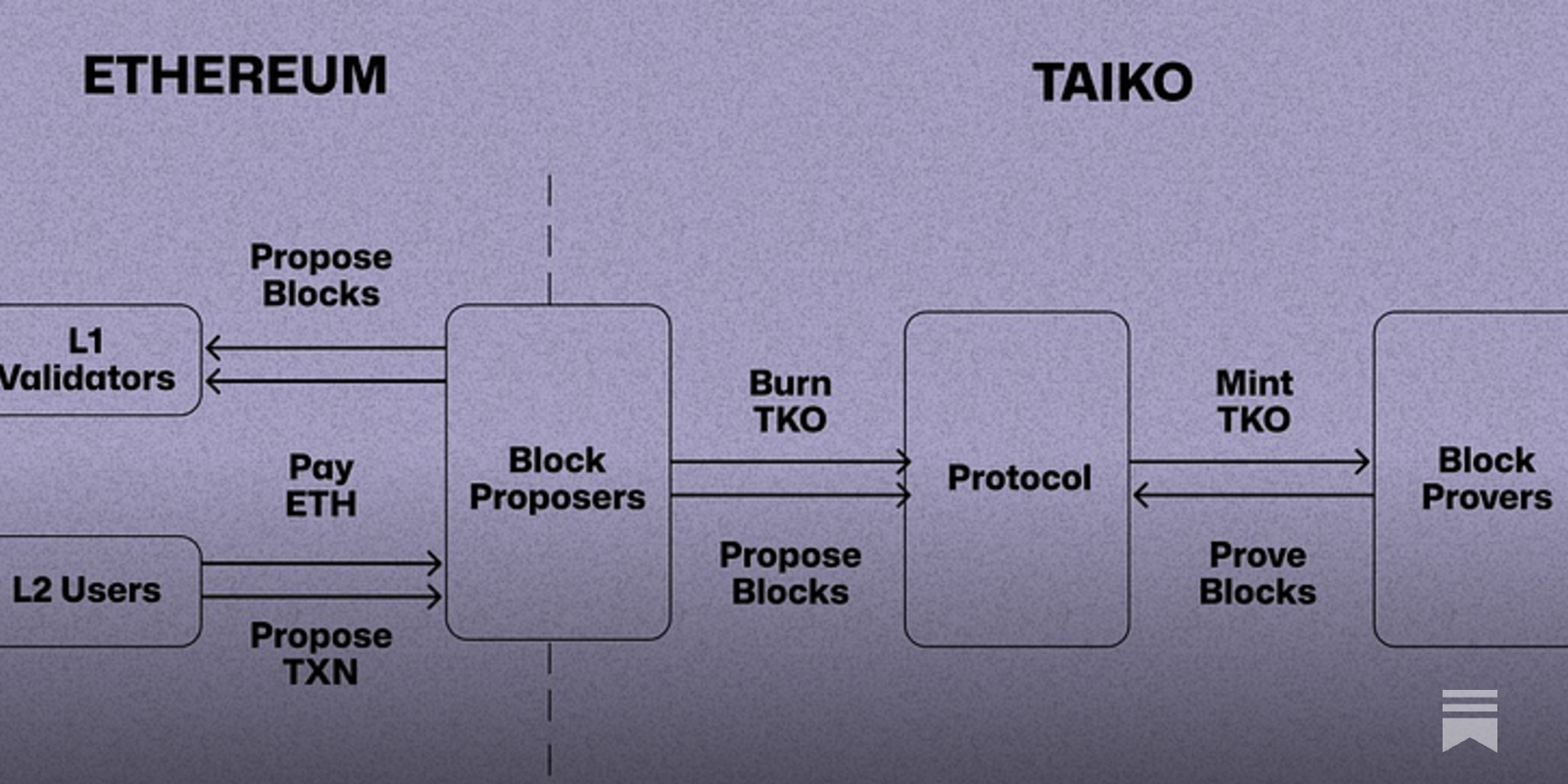
Why the Scalability Trilemma Matters in 2024
The trilemma is more than theoretical. As DeFi and NFT activity surged in late 2023, Ethereum’s base layer became clogged, pushing gas fees to unsustainable levels. Users faced a dilemma: either pay exorbitant costs for security and decentralization or migrate to alternative chains that often compromised on one or both fronts. The arrival of robust ZK Rollup solutions like zkSync and Loopring has shifted this calculus by offering:
- Significantly higher throughput: Up to 71 transactions per second (TPS) for DeFi apps, compared to Ethereum’s 12 TPS baseline.
- Lower transaction fees: By aggregating thousands of operations into a single batch, users share gas costs.
- No compromise on security: Zero-knowledge proofs ensure only valid transactions reach Layer 1.
This leap is not just technical – it’s fundamentally changing user expectations and developer strategies across the ecosystem.
The Mechanics: How ZK Rollups Achieve Scale Without Sacrifices
ZK Rollups operate by performing computation-heavy transaction processing off-chain. Instead of every node re-executing every transaction (as on Ethereum Layer 1), rollup operators bundle hundreds or thousands of transfers together. A succinct validity proof is then generated – using advanced cryptography – and submitted alongside a compressed batch of state changes to the mainnet. This means:
- Security is inherited from Ethereum, as all proofs are verified by Layer 1 smart contracts.
- Data availability remains a focus, with ongoing research into proof-of-download and proof-of-storage mechanisms to ensure users can always reconstruct rollup state if needed.
The result? A system that preserves decentralization (anyone can verify proofs), bolsters security (fraudulent batches are mathematically impossible), and achieves real-world scalability for mainstream applications.
Pushing Boundaries: Hybrid Rollups and Community Proving in 2024
This year has seen two major advances in ZK Rollup architecture:
- Hybrid Rollups: These combine Optimistic and ZK approaches, letting users select between instant withdrawals or longer fraud windows depending on their needs. For example, platforms like TEERollup utilize Trusted Execution Environments (TEEs) for secure off-chain execution while still anchoring finality to Ethereum’s L1.
- Community Proving Initiatives: Projects such as CrowdProve distribute proof generation across many participants instead of relying on centralized operators. This reduces bottlenecks and aligns with blockchain’s decentralization ethos – an essential step as rollup adoption accelerates.
Together, these innovations address lingering concerns about data availability, withdrawal speed, and prover centralization – three roadblocks that previously limited rollup adoption at scale.
With these architectural shifts, the zk rollups scalability trilemma is no longer just a theoretical debate. It’s an engineering battle being won in real time, as each new protocol iteration brings us closer to a blockchain environment where users don’t need to choose between cost, speed, and trustlessness. The increasing adoption of zkSync, Loopring, and other ZK-powered L2s is both a market signal and a developer mandate: scalability solutions must now be as secure and decentralized as they are performant.
Top ZK Rollup Projects Driving Scalability in 2024
-
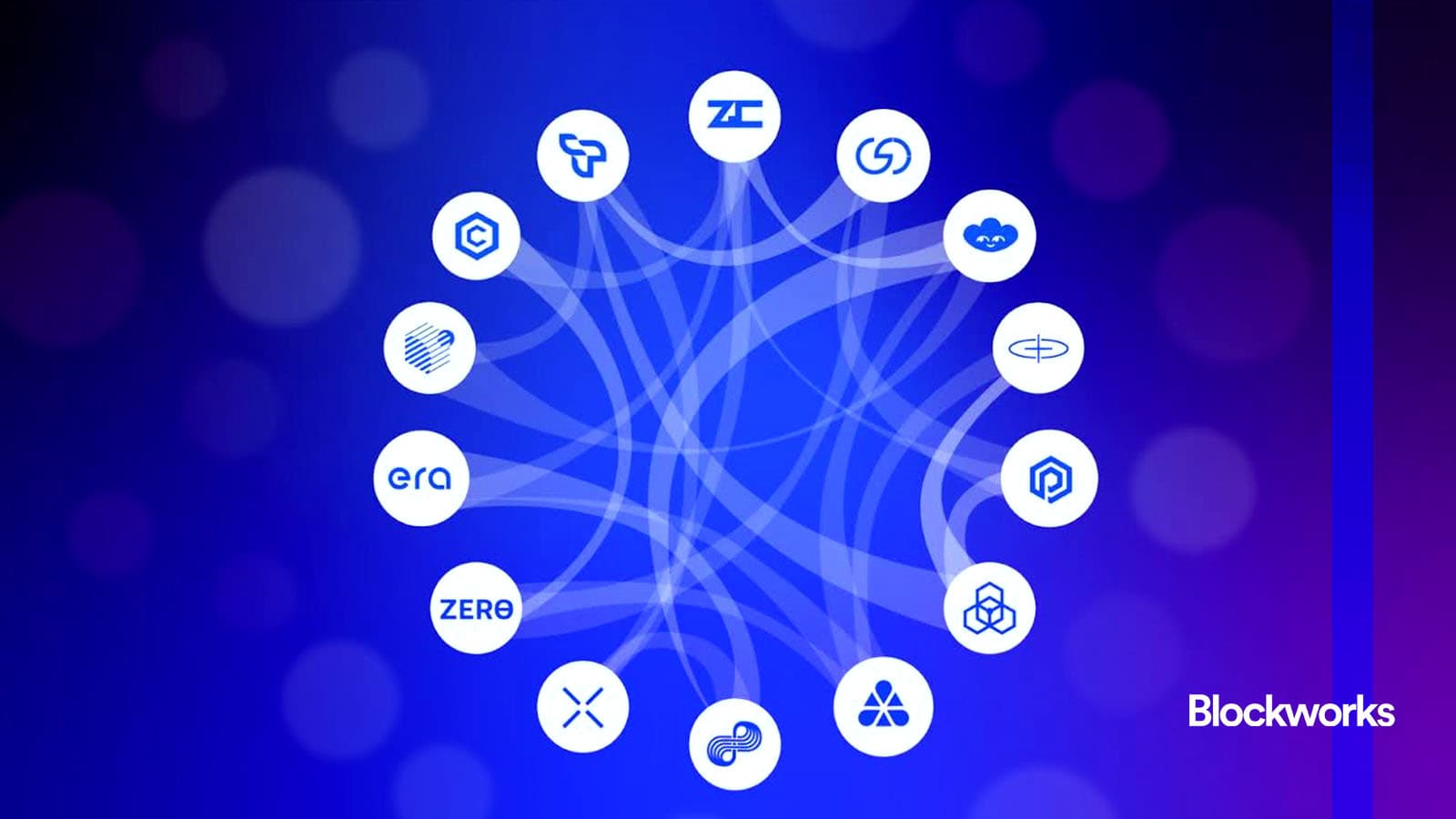
zkSync Era: Developed by Matter Labs, zkSync Era is a leading Ethereum Layer 2 protocol leveraging zero-knowledge proofs to deliver high throughput and low fees while preserving Ethereum’s security. Its user-friendly ecosystem supports DeFi, NFTs, and more.
-
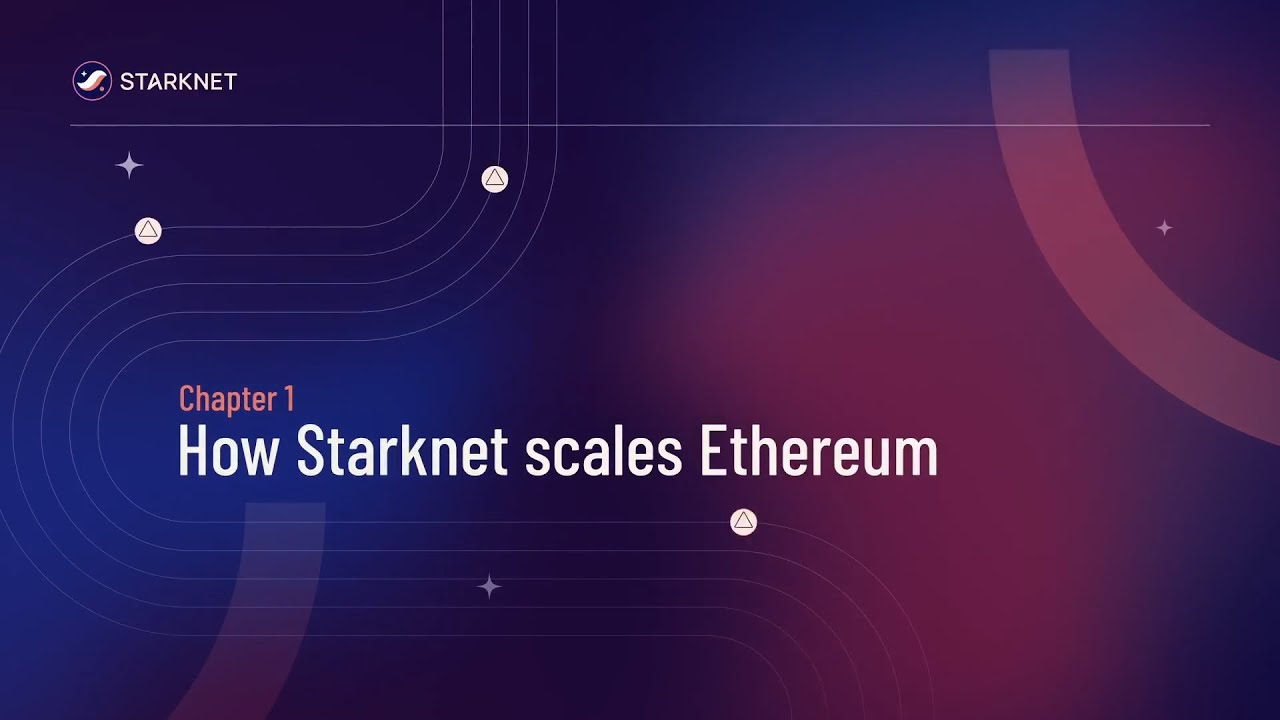
Starknet: Powered by StarkWare, Starknet utilizes STARK-based ZK proofs to enable scalable, decentralized applications on Ethereum. It’s renowned for its robust developer tools and expanding ecosystem.
-
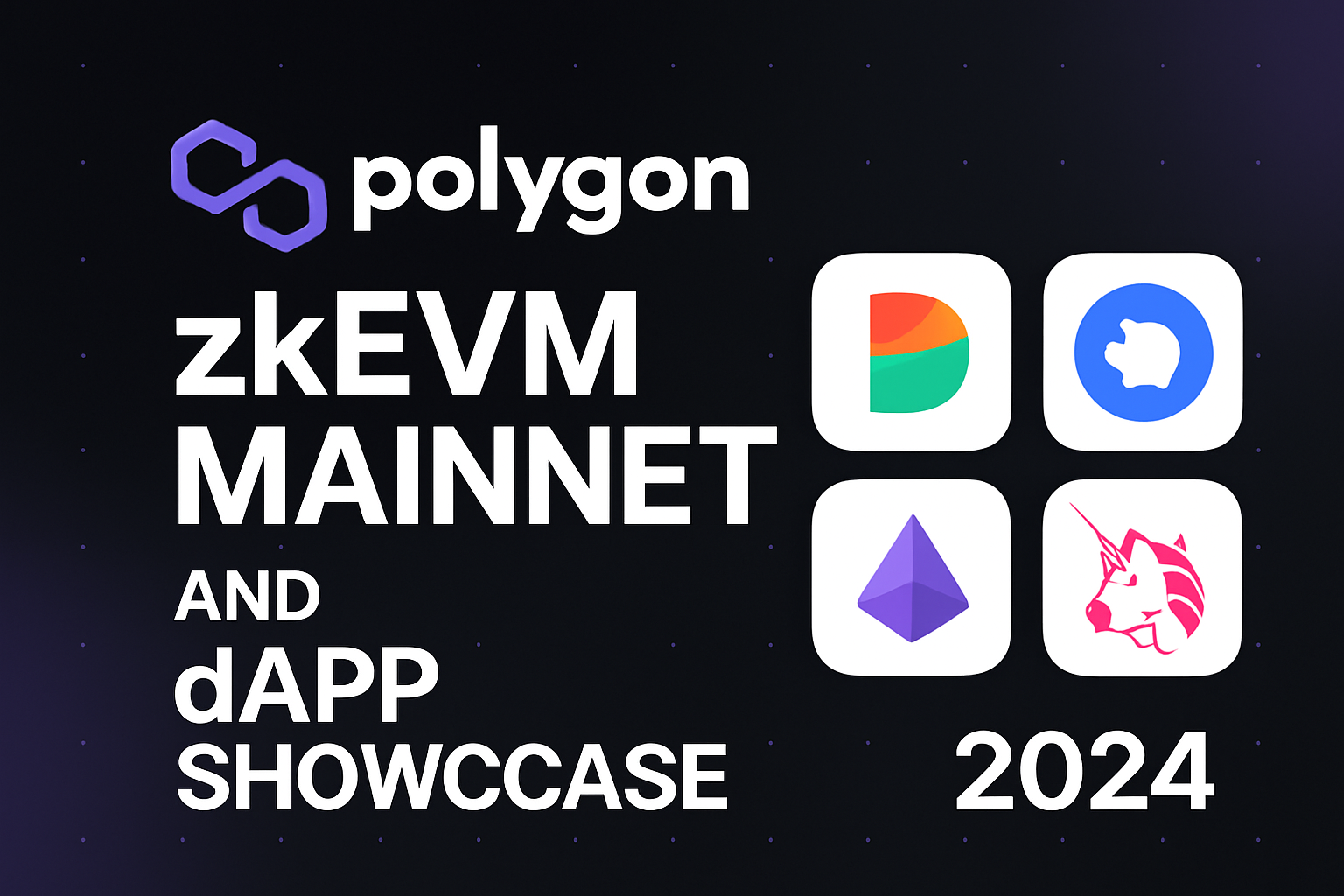
Polygon zkEVM: Polygon zkEVM brings EVM compatibility to ZK Rollups, allowing developers to deploy existing Ethereum smart contracts with minimal changes. It combines scalability with seamless interoperability for dApps.
-
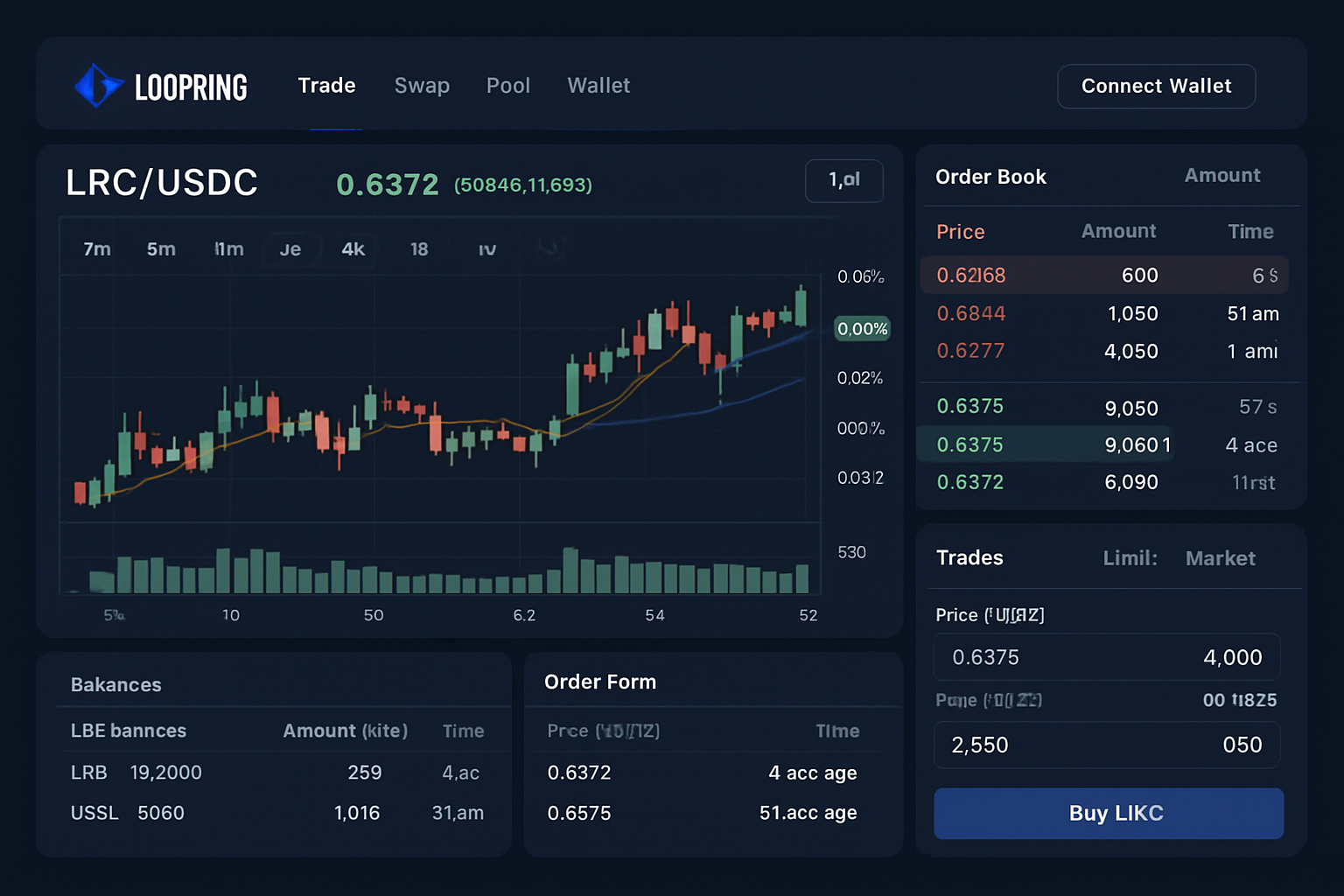
Loopring: Focused on decentralized exchanges, Loopring uses ZK Rollups to offer fast, low-cost trading and payment solutions on Ethereum, making DeFi more accessible to everyday users.
-
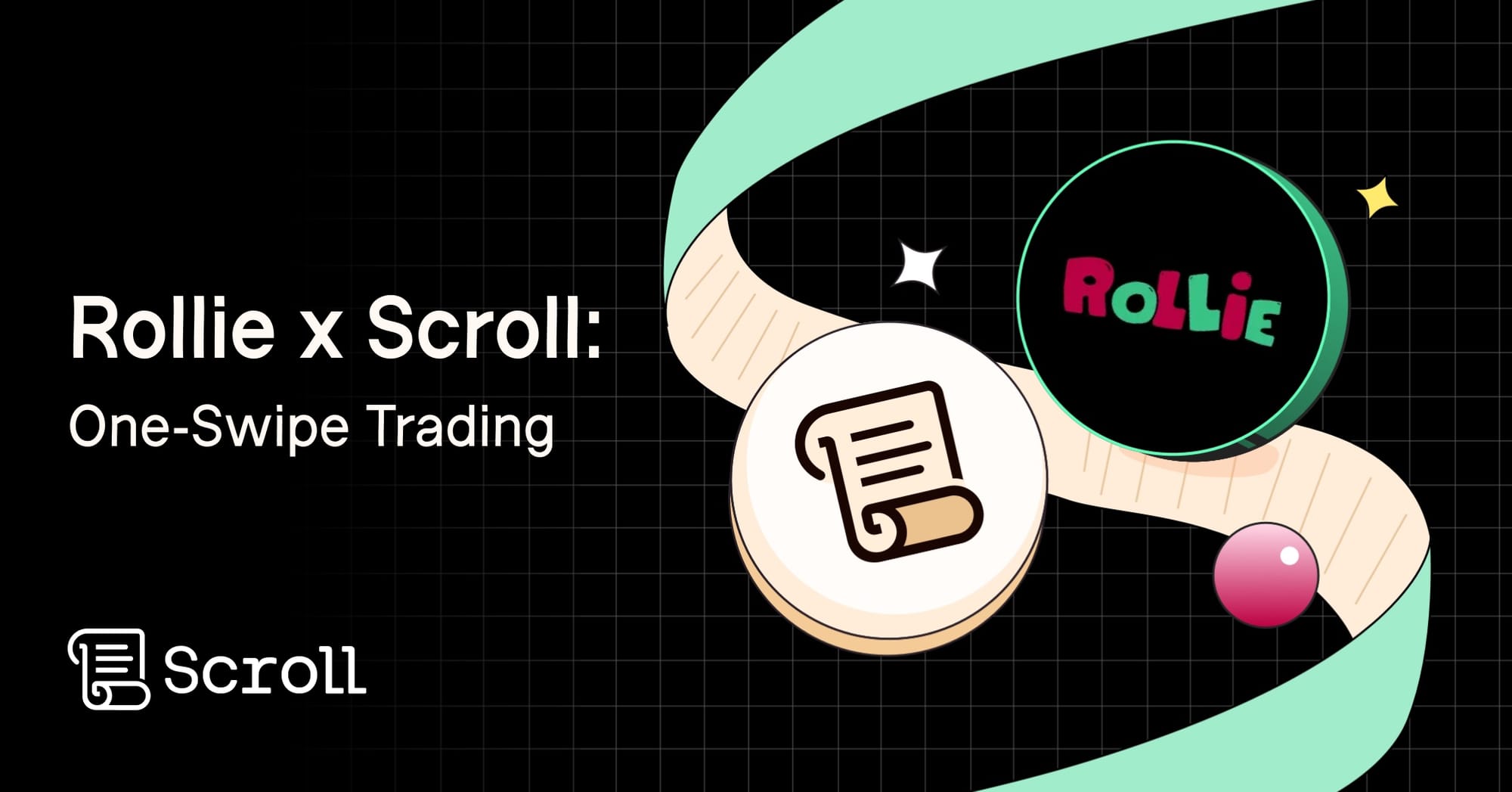
Scroll: Scroll is an open-source ZK Rollup project designed for native EVM compatibility, enabling developers to build scalable dApps with familiar Ethereum tooling and strong security guarantees.
The Remaining Frictions: Data Availability and Decentralized Provers
Despite this momentum, the path to fully resolving the trilemma isn’t entirely smooth. The question of data availability: ensuring that off-chain transaction data remains accessible for verification, remains a hotbed of research. Techniques like proof-of-download and proof-of-storage are being actively tested to guarantee that even if some nodes go offline or act maliciously, users can reconstruct the true state of the rollup.
Equally pressing is the challenge of decentralizing proof generation. While early ZK Rollups relied on specialized operators for computationally intensive proof generation, 2024 has seen credible efforts to democratize this process. Community-driven initiatives distribute workload across thousands of participants, reducing single points of failure and aligning with the original ethos of blockchain decentralization.
The Pragmatic Impact: What This Means for Users and Developers
For end users, these advances translate into tangible benefits: lower fees, faster transactions, and near-instant withdrawals, all without sacrificing security or sovereignty. For developers, it means access to infrastructure that can finally support mainstream-scale applications on Ethereum without forcing compromises on user experience or composability.
Notably, DeFi protocols have been among the earliest beneficiaries. With ZK Rollups now capable of supporting up to 71 TPS in production environments, a sixfold increase over Ethereum’s mainnet, builders can deliver complex products (like perpetual swaps or high-frequency trading platforms) directly on Layer 2. This opens new design space for dApps previously constrained by gas economics or latency bottlenecks.
The Road Ahead: Toward Ubiquitous Zero-Knowledge Scaling
The next phase will see further integration between ZK Rollups and privacy-preserving technologies. As zero-knowledge proofs mature, expect to see more cross-chain use cases emerge, not just for Ethereum but also for Bitcoin and other major networks seeking scalable yet trust-minimized solutions. For a technical deep dive into how zero-knowledge rollups are enhancing transaction scalability beyond Ethereum, you can explore resources such as this analysis on Bitcoin scalability.
The market’s verdict is clear: ZK Rollups aren’t just another Layer 2 experiment, they’re quickly becoming foundational infrastructure for Web3’s next era. As research continues into data availability proofs and further decentralization of provers, we’re set to witness a new baseline where security, scale, and decentralization coexist, without trade-offs.
